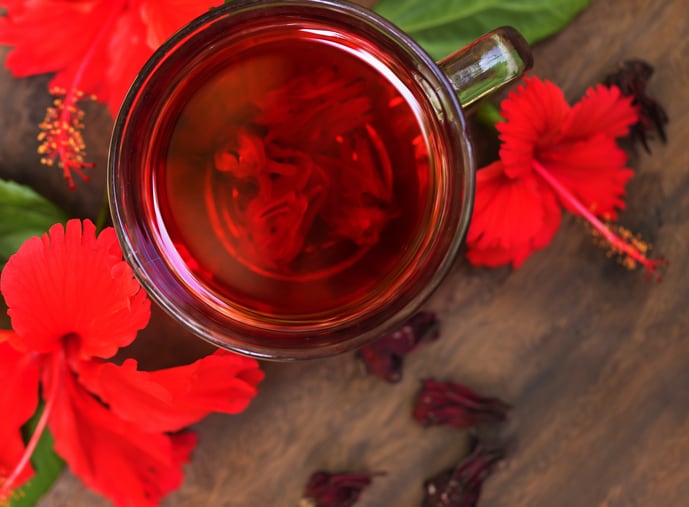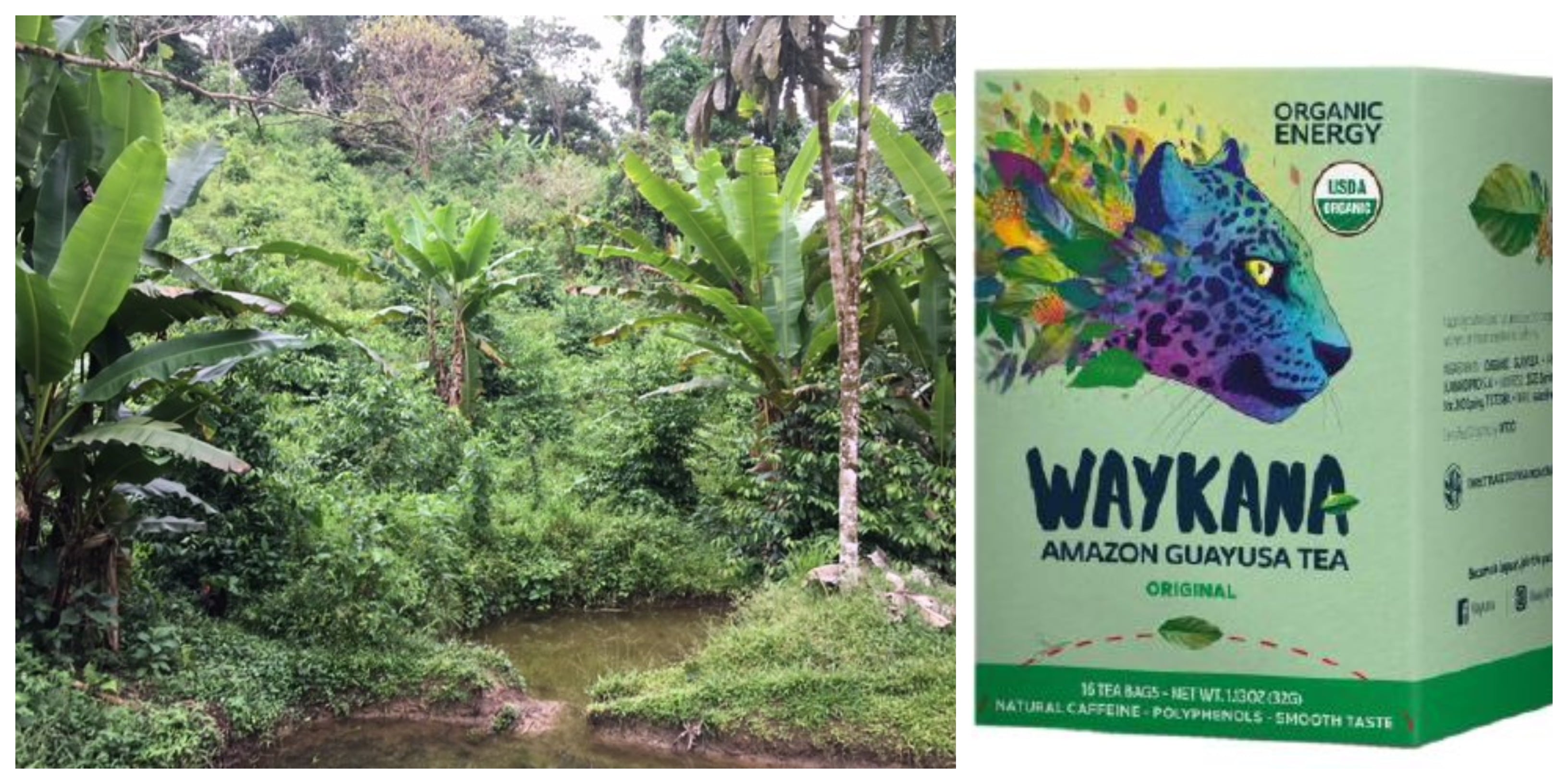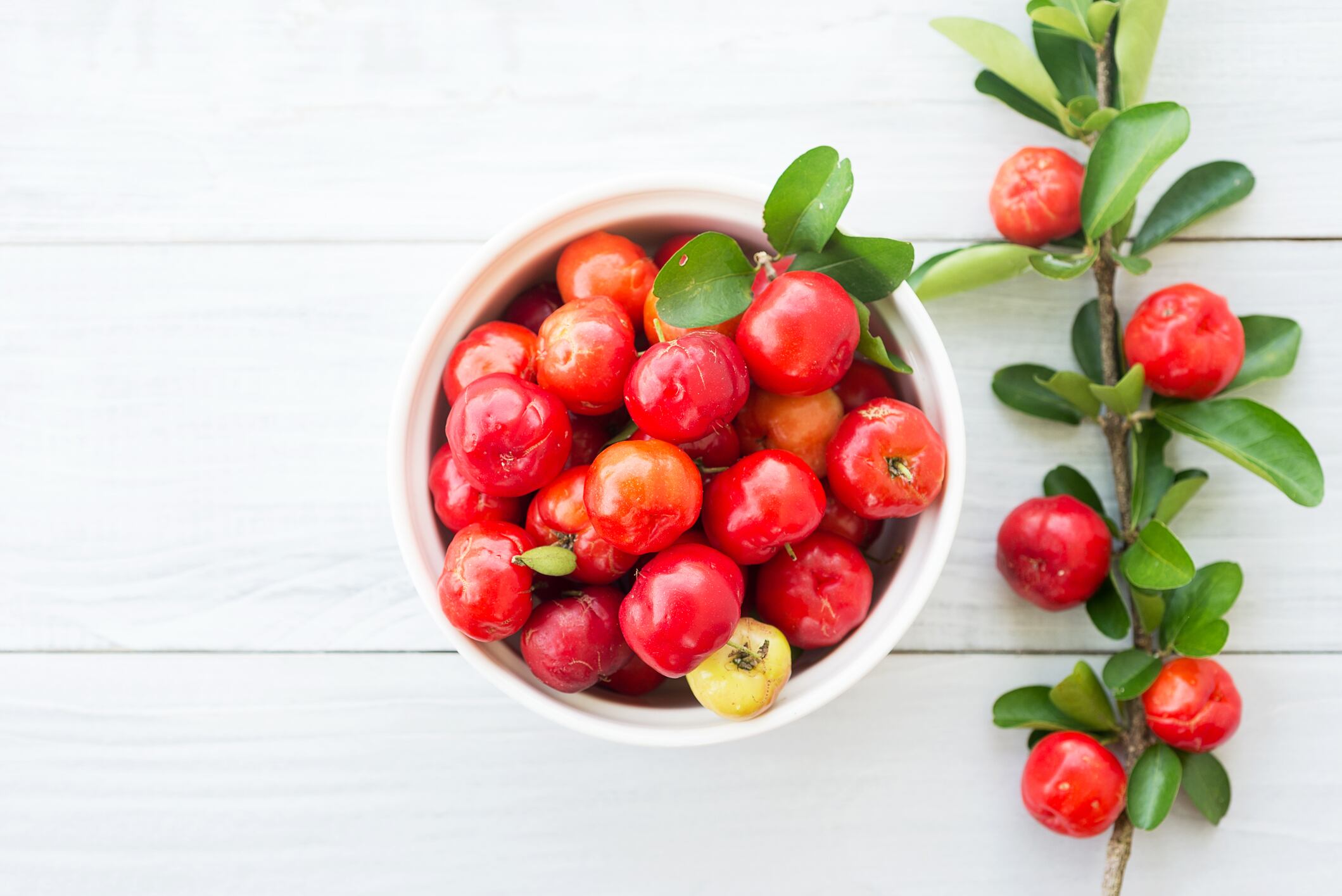Launches of hibiscus-flavored food and drink products have seen an increase of almost 300% globally since 2012, according to data from research company Mintel, and Latin America is a hotbed of innovation.
Brazil and Mexico rank second and third place respectively for global hibiscus-flavored food and drink launches (the US is currently number one).
Known as ‘flor de Jamaica’ in the Spanish-speaking Latin American region, the flowers’ popularity is being driven by their brightly-colored petals, which give them visual (and Instagrammable) appeal as well as their reputed health benefits.
Just as butterfly pea flowers have visual and nutritional appeal – they impart a purple-blue color to food and drinks as well as being high in antioxidants - hibiscus flowers have been used in traditional African medicine for their health-giving properties. This means they fit neatly into the health and wellness macro trend, according to Swiss supplier Firmenich.
'Flor de Jamaica'
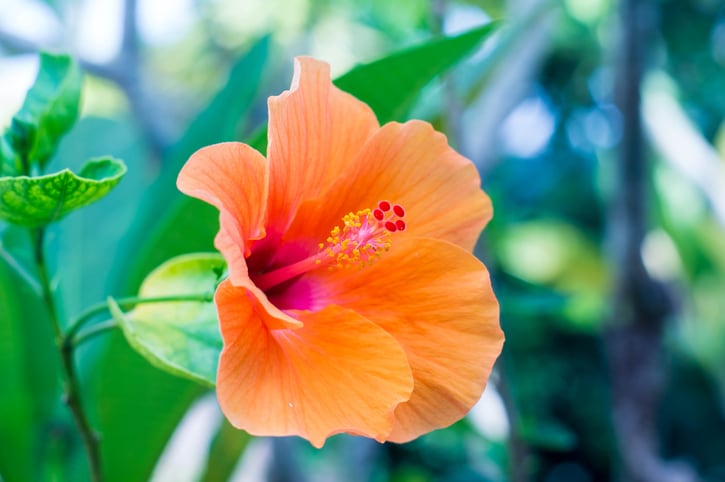
“Even though it originally came from Asia, hibiscus has become an essential flavor in Mexican traditional ‘fresh waters’ for many decades now,” said Gustavo Vazquez, senior marketing manager at Firmenich Mexico.
“It is so ubiquitous that many consumers believe it´s a local flower. Many Mexicans make hibiscus water in their homes at national holidays and also pair it with traditional Mexican street food,” Vazquez told FoodNavigator-LATAM.
“But today, hibiscus has evolved to become a trendy ingredient in local cuisine, used in many different categories such as sauces for meats, ice creams, alcoholic drinks like mescal and tequila, seasonings and more. Many trendy restaurants now offer hibiscus beverages with a touch of ginger, or lime or traditional tacos made of hibiscus instead of traditional pork or beef.
“So hibiscus is both a tradition in Mexico, but also a new trend that is reinventing itself and conquering other countries in Latin America,” Vazquez said, adding it could even be found in Argentinian Starbucks chains.
Hibiscus-flavored food and drink products are most likely to be launched in the US, Brazil and Mexico, with beverages, yogurt and chocolate the most popular categories.
‘A strong floral aroma with a woody-astringent character’
According to Fausto Carriles, senior flavorist in Firmenich Latin America, the flower has “a strong floral aroma, with a woody-astringent character, but at
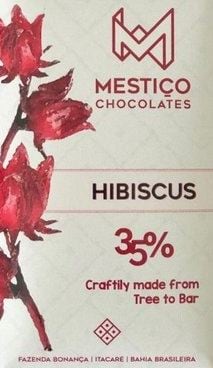
the same time there is a subtle and delicate fruity undertone, even a hint of green, like freshly cut mint leaves”.
Firmenich, the world’s largest privately-owned flavor and fragrance supplier, recently named hibiscus 2019’s flavor of the year.
While most hibiscus product launches are in teas, bottled water and powdered beverages, the flower has cross-category appeal that has seen it appear in jams, chewing gum, snack bars, chocolates and dairy products in the Latin American region.
Brazilian craft chocolate brand Mestiço, for instance, has a white chocolate and hibiscus bar while Mexican brand Extra Special makes hibiscus jam.
Mexican manufacturer Tlacal makes a sweet ‘Jamaican wine’ for aperitifs made with hibiscus flowers, sugar and citrus flavor.
However, product innovation is coming from both small start-ups and big multinationals, according to Vazquez.
Beverage behemoth Coca-Cola has several hibiscus blends in its global portfolio, such as Fuze peach and hibiscus in Europe or Keri apple,
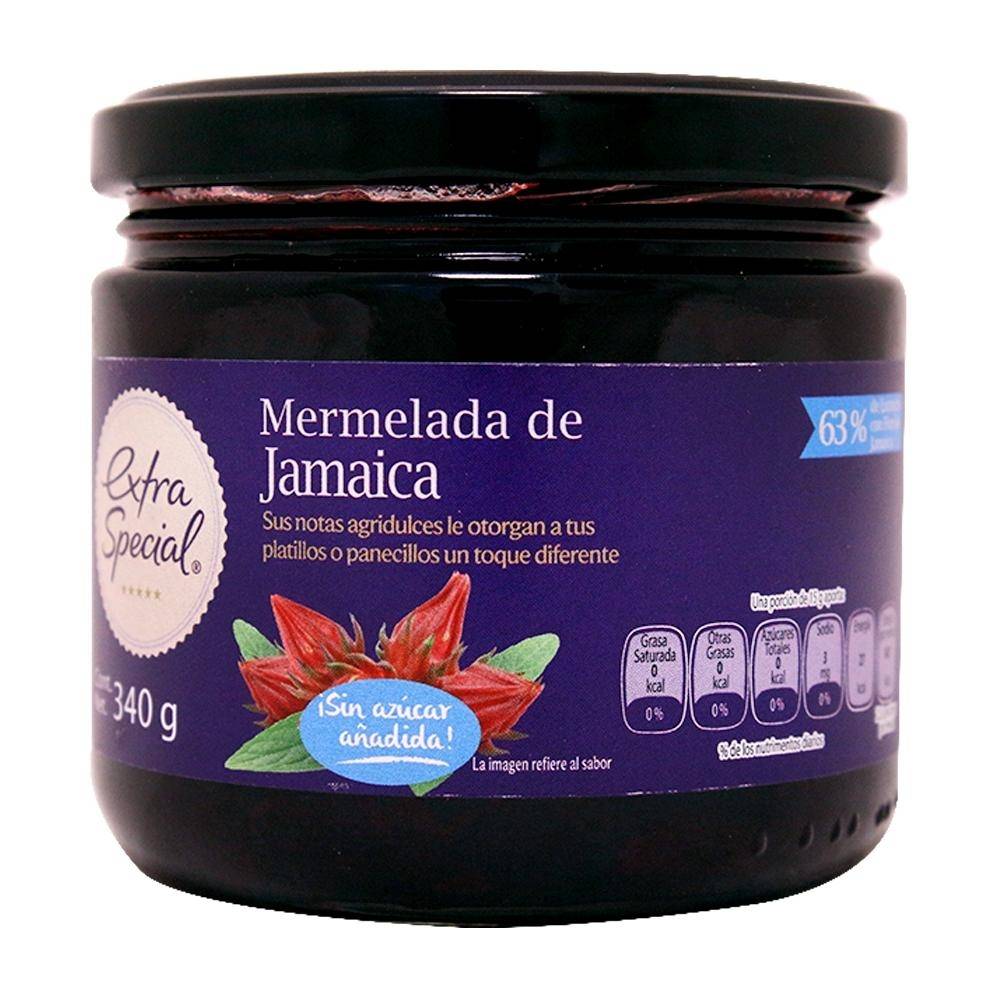
beetroot, blackcurrant, pomegranate and hibiscus in Australia.
One-flower-fits-all
Another element powering the popularity of hibiscus is its ability to appeal across consumer segments, according to Vazquez.
“One of the amazing things of hibiscus is that is extremely versatile in terms of benefits,” he said. “As a result, it attracts a wide range of target consumers: Health seekers, who tend to be adults, due to its antioxidant and diuretic & weight loss properties and experience seekers, who tend to be teenager,) due its tasty flavor and endless pairing combinations.
“But also new trend seekers, who are more likely to be young adults, due to its exotic taste and the new awareness this plant has risen worldwide; and lastly nostalgia seekers who can enjoy a traditional flavor in a new format.”

